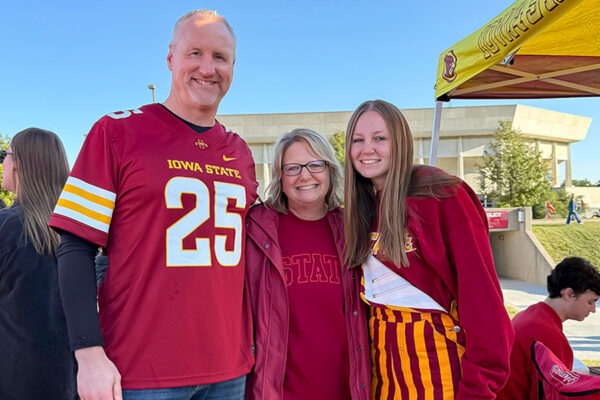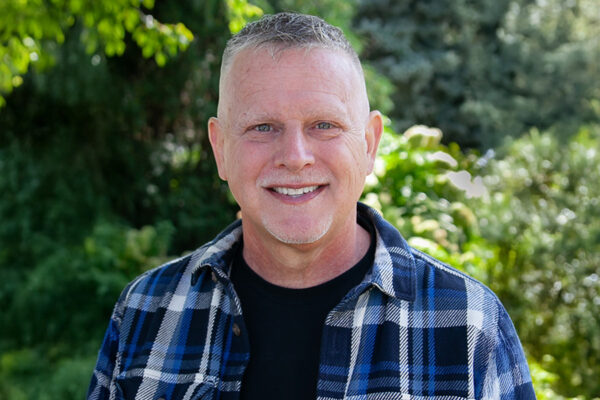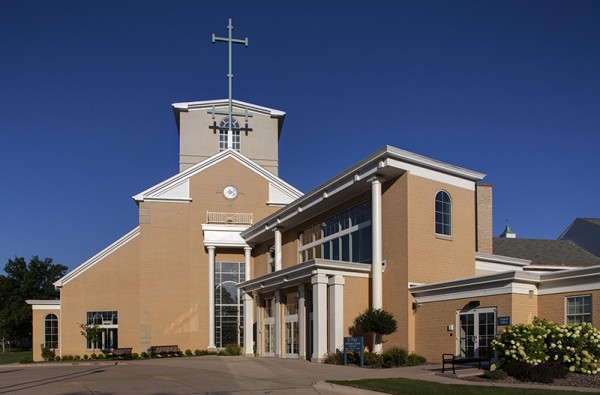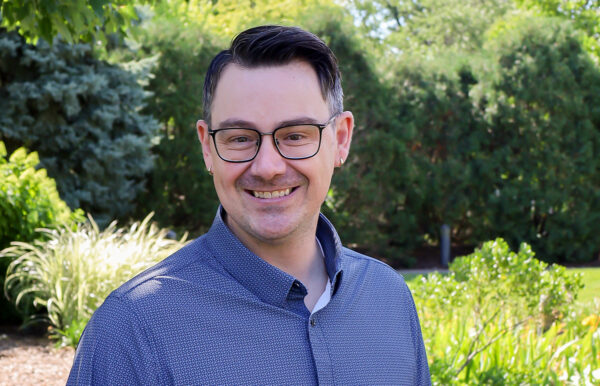Revitalizing the Chickasaw language
Fewer than 50 native speakers of the Chickasaw language, Chikashshanompa’, remain.
It was the primary language of The Chickasaw Nation for hundreds of years. But over time, the language started to slowly disappear. Government boarding schools discouraged students from speaking their language, nation leaders say. Learning English was encouraged by some Chickasaw people because it was a necessary skill in negotiating with non-Native Americans. Meanwhile, speaking the Chickasaw language was often discouraged in tribally run schools, too.
But Chickasaws believe that the language was given to them by Chihoowa or Aba Binnili (God), and that it is an obligation to care for it: to learn it, speak it, and teach it to children. The Chickasaw language is viewed as a gift from the ancestors for all Chickasaw people.
Today, there is a resurgence of interest in keeping the language alive. Nation leaders launched the Chickasaw language revitalization program in 2007. The job of the program is to help people access that gift.
Danielle Lovaas, a St. Paul member now living in Colorado, gets to be a part of that revitalization.
With more than 60,000 citizens, The Chickasaw Nation is the 12th-largest federally recognized Native American tribe in the United States. The Chickasaw Nation has an annual economic impact of more than $2.4 billion in Oklahoma, with 13,000 employees.
A democratic republic with executive, legislative, and judicial departments, the tribe’s jurisdictional territory includes all or part of 13 counties in south-central Oklahoma.
The nation’s language was historically an oral one – handed on from generation to generation by speaking. It includes a northern dialect and southern dialect. It was not a written language, for the most part, until the 20th century. A first dictionary was published in 1973; a second in 1994.
With the creation of the revitalization project, several initiatives emerged.
The Chickasaw language master-apprentice program pairs an apprentice with a master/fluent Chickasaw speaker. The apprentice learns the language through full immersion.
Chipota Chikashshanompoli (Youth Speaking Chickasaw) language clubs meet once a month. Students learn the Chickasaw language through activities and song, and compete each year at the annual Oklahoma Native American Youth Language Fair.
Chickasaw community language classes meet once a week throughout the region. Each class is taught by a fluent speaker. East Central University in Ada, Oklahoma, offers courses, too.
The Chickasaw mobile app is the first of its kind to be developed by a tribe or nation. The app features hundreds of Chickasaw words along with phrases, songs, and videos. A companion guide with language puzzles and quizzes also is available. A website, chickasaw.tv, offers lessons.
And finally, The Chickasaw Nation partnered with language company Rosetta Stone to create 80 language lessons.
Danielle Lovaas works for Rosetta Stone. She is a linguist – she works on a six-person speech recognition team. What grew her interest in entering the field of linguistics was the study of disappearing languages – this is her first project in that arena.
“We deal exclusively with the sounds,” said Danielle, who is a graduate of St. Olaf College and the University of Colorado.
The team is using a tool called the International Phonetic Alphabet, or IPA, to provide the foundation for the Rosetta Stone lessons. Lovaas spends her days transcribing sounds in the language’s words. Members of the team also will travel to Oklahoma to work with native speakers.
Will she be able to speak the language when the project is complete? Her answer reveals the complexity of the project. “To be able to speak it, I would need to know the grammar and other rules. I will be able to tell you all of the sounds in the language, though.”
The IPA is the notational standard for phonetic representation of all languages. It was first published 128 years ago. The most recent version was published in 2005.
Sounds like a glottal stop (kind of like the middle of uh-oh) are represented, as well as a wide array of consonants and vowels, Danielle said.
“The IPA provides a single symbol to represent every sound in any language, and it’s what we use in our speech recognition engine. So for example, the Chickasaw word for their language is Chikashshanompa’,” she said. “Transcribed in the IPA, it looks like this: t∫Ika∫anompaȜ.”
Fewer than 20 languages spoken by tribes in the United States are projected to survive another 100 years, Chickasaw leaders say. In 1994, the estimated number of fluent Chickasaw speakers was less than 1,000. Today, the majority of the 50 speakers who remain are age 55 and older.
A total of 80 lessons will be jointly created by Rosetta Stone and leaders from The Chickasaw Nation over the next two years, with the first half to be ready this fall.
“It is essential to revitalize our Chickasaw language and preserve it for future generations, because so much of our culture is bound up in the knowledge of our language,” said Bill Anoatubby, governor of The Chickasaw Nation. “We believe a collaboration between our fluent speakers and Rosetta Stone will be a significant step toward ensuring our language is documented and accessible for future generations.”




